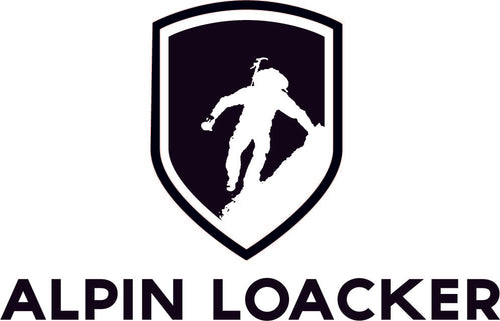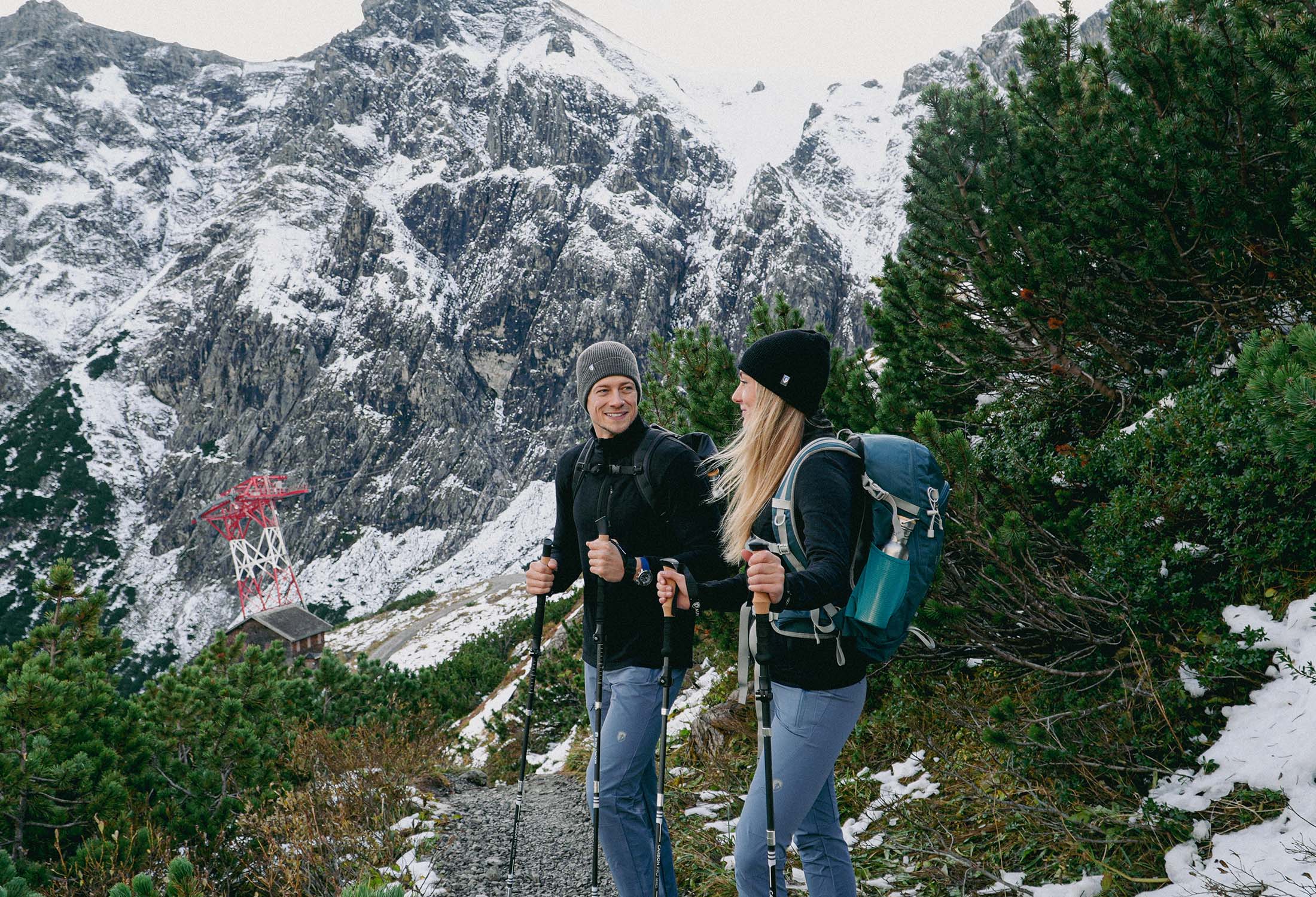Hopefully, you carry it around in your backpack for years or even your entire mountain life, always have it with you, and yet sincerely hope never to have to use it – the rescue blanket. And if you do need it at some point? The big question often arises: "How do I even use the rescue blanket?" The use is usually never practiced.
Learn everything important about using the emergency blanket and which side should face outwards in the following blog post. This way, you are well prepared even in an emergency.
How does a rescue blanket work?
A rescue blanket consists of two different sides.
- One side cools.
- The other warms.
Thus, it can protect you not only from cooling down but also from overheating. Conventional rescue foils, as the name suggests, are made from a simple foil. These emergency blankets are included in every first aid kit.
However, rescue foils are not particularly robust. They would hardly withstand a long stay in your hiking backpack unscathed. This is simply due to the material used and the original area of use.
These rescue foils are indeed only intended for short-term use. However, on a long hiking tour, it may take a long time for help to arrive. Especially if you want to use the emergency blanket as cold protection, you should rely on the appropriate hiking equipment.These rescue blankets are more expensive but are designed for extreme use. Don't save at the wrong end!
Why should you carry a rescue blanket when hiking?
Actually, hiking is about clearing your head and getting rid of all everyday worries. Doesn't carrying a rescue blanket get in the way of that? It's understandable that some hikers consider emergency blankets to be absolutely unnecessary. Ideally, they are.
But what if you have to spend the night outdoors in an emergency? A change in weather or an injury can surprise even the best hiker at any time. It doesn't even have to be you.
In nature, other creatures are also on the move. Anyone can be in need of help at some point. Therefore, it is always advisable to be prepared for all life's eventualities.
Expert tip: Better to pack too much than too little.
Application: Which side of the emergency blanket is for what?
Depending on how you use the emergency blanket, it can protect against cold or heat. This naturally raises the question: When I use the emergency blanket, which side do I use?
Which side of the emergency blanket is cooling?
As you know, there are emergency blankets and emergency foils. The emergency foil has a silver and a gold side. To use the cooling properties, the silver side should face outward.
If you want to use a high-quality outdoor emergency blanket as heat protection, the silver side should also face outward. This reflects the sunlight.
Which side of the emergency blanket warms?
And for protection against cold? Which side of the emergency blanket is used here? To use the warming properties, the silver side should be inside. Especially in winter, protection against ground cold is also important. However, in the rarest cases are two emergency blankets available.
A great solution is offered by our bivouac sack. The ultra-light emergency blanket, with low weight and pack size, offers optimal all-round protection. The trick: The orange packing sack serves as a practical reminder tool. It shows you how to use the emergency blanket. For protection against cold, the also orange side should face outward.
Step-by-step guide: The correct use of an emergency blanket

Step 1: Open the package and unfold the emergency blanket
Remove the emergency blanket from its packaging and carefully unfold it. Most emergency blankets are available in a compact, folded form. Gently shake the blanket to fully unfold it and ensure it is ready for use. Check the blanket for any damage or holes before using it.
Step 2: Choose and position the protection side
As you now know, an emergency blanket has two sides - a silver and a gold one. The choice of color is important because each side has different functions. Choose the side based on the current weather conditions and the respective situation.

Step 3: Wrap the emergency blanket around the body
Hold the rescue blanket close to your body and wrap it around yourself. Make sure it covers your entire body surface to provide the best possible protection against cold or heat. The blanket should fit snugly to minimize heat loss. However, leave enough room so that you can still move comfortably.

Step 4: Cover head and hands
To provide additional protection, you can place the rescue blanket over your head. Form a kind of hood to fully cover your head and trap warmth. Make sure that breathing is not restricted. You can also wrap your hands in the rescue blanket to keep them warm and protect them from hypothermia.

Step 5: Ensure wind and rain protection
Check if the rescue blanket is properly fitted and that there are no open areas where wind or rain could penetrate. If necessary, you can weigh down the edges of the blanket with stones or other objects to ensure it stays in place. This helps improve protection from the elements and keeps your body dry.

Step 6: Stay calm and wait for help
After you have properly applied the rescue blanket, stay calm and wait for help. The blanket provides some protection from the elements, but it does not replace the need to get help as quickly as possible. Keep warm and try to use as little energy as possible until rescue services arrive.
Conclusion
The Alpin Loacker bivvy bag is packed in a practical pouch and can be repacked multiple times. The pouch fits in any backpack. It is only about fist-sized. Since it is safety equipment, we strongly advise you not to skimp on this point. Neither in size nor in price.
It's better to carry something around for years and never need it than to have an accident and not be able to help yourself or others. Another plus point for the orange color ⇒ it can be recognized by the rescue team from a distance during helicopter rescues.
FAQ
Is a rescue blanket reusable?
Conventional rescue blankets are intended as single-use protection and must be disposed of after use. However, our high-quality outdoor rescue blanket can be used multiple times if used properly. Store it exclusively in a dry state.
What material is a rescue blanket made of?
A rescue blanket, as you know, is made of a thin film with two different coatings. Our emergency blanket in a practical bivouac sack form is made of high-quality materials. Inside, there is an aluminum-coated side that protects you from the cold by reflecting your body heat. The orange outer side is made of a sustainable material mix with waterproof and windproof properties.
Can a rescue blanket replace a sleeping bag?
A rescue blanket is designed for emergency use. It can reflect about 90% of your body heat. However, it is less suitable for continuous use. Here, a high-quality hut sleeping bag is the better choice.



